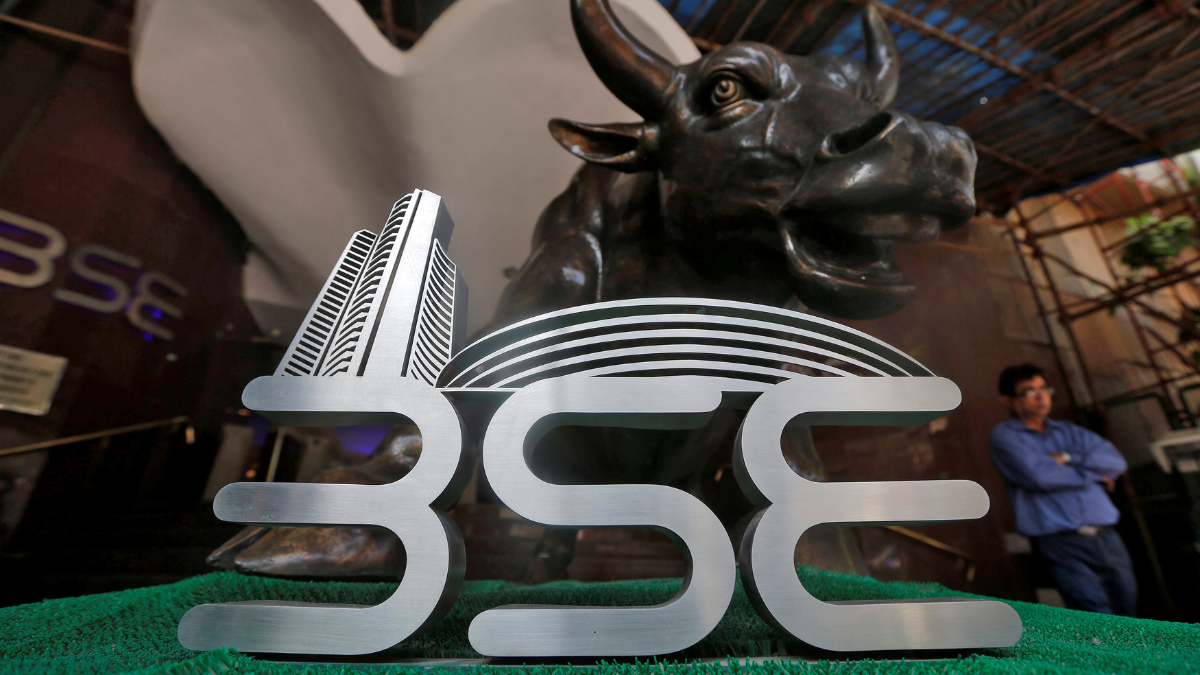By Bhavik Patel
It was turbulent week for crude with traders getting caught both in long and short positions. We saw whipsaws in prices as crude chased headlines this week of expectation of rollover of production cut by OPEC+ on schedule meeting on Sunday 26th Nov to postponement in the next OPEC+ meeting for four days to November 30 over oil output quotas.
Prices saw sharp correction after disagreement arise among OPEC members on production levels, African nations Angola, Nigeria and Congo reportedly seeking higher quotas than those agreed upon at the Cartel’s June meeting. There was also speculation, according to Bloomberg, that Angola could quit the cartel amid the dispute. The third-largest OPEC producer, the United Arab Emirates, may potentially increase its oil output for 2024 as a result of securing a larger quota in the most recent OPEC+ agreement.
Meanwhile war premium build up in crude prices have eroded as the conflict is remaining between Hamas and Israel with Hezbollah attacking sparingly. No other country for now is going into the conflict so the threat of any disruption or sanction is out of question which is negative for crude oil. Even Hedge funds are expecting prices to move lower as they have lowest net long position since 2021 and market is looking lopsided with strong sell positions.
Speculative positioning in crude oil moved further to the short side over the past week (prior to the OPEC meeting delay). According to Bloomberg, long positions across the four main Brent and WTI contracts fell 8.6 million barrels w/w to a five-month low of 447.7 mb, while short positions increased 11.2 mb to 220.7 mb. Money-manager long-short ratios is at 1.9 while it was at 10 five weeks ago.
The saving grace for crude is US oil producer who do not think that prices will move lower much as they have not been hedging their positions as much as they used to last year. According to Standard Chartered, the U.S. oil hedge book volumes rose 15.5% q/q in the third quarter, but hedge volume remained 62% below 2020 levels.
In the wake of Russia’s war in Ukraine last year, the global energy crisis caused both oil and gas prices to rise to all-time highs, forcing the vast majority of producers to abandon most of their hedges. But this year from the highs we have seen 40% correction and yet U.S. producers are not convinced there’s much downside to oil prices, if current hedging activity is any indication.
Next week we expect prices to face wild swings on account of OPEC+ meeting on 30th Nov where consensus between OPEC+ members are not there and statement from OPEC+ ministers will move the market. 6000-6700 seems to be the range with bias on the lower side.
(Bhavik Patel is a commodity and currency analyst at Tradebull Securities. Views expressed are the author’s own. Please consult your financial advisor before investing.)




